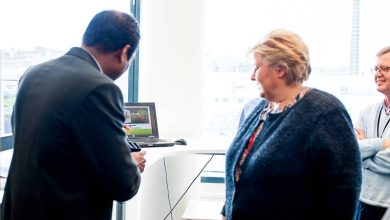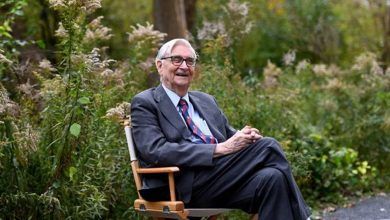NASA adjusts SpaceX crew to rescue Boeing’s stranded astronauts | Technology News

NASA on Friday cut the number of astronauts in the next crew to make space on the return trip for the two astronauts – Sunita Williams and Butch Wilmore, who are currently stranded on the International Space Station.
NASA astronauts Nick Hague and Russian cosmonaut Aleksandr Gorbunov will launch to the ISS in September aboard a SpaceX rocket. They will return to Earth in February, bringing with them astronauts Williams and Wilmore, who have been on the ISS since June. This decision was necessitated by the technical issues marred the Boeing Starliner capsule, which was originally intended to transport Williams and Wilmore back to Earth.
As a result of this adjustment, NASA astronauts Zena Cardman and Stephanie Wilson, who were initially scheduled to join the upcoming SpaceX mission, have been removed from the crew. NASA has assured that they will be assigned to future missions.
This decision is part of NASA’s focus on safety. After retiring the Space Shuttle program, the US relied on Russia to send astronauts to the ISS until SpaceX started in 2020. NASA and Russia continue to share missions. Next month, NASA’s Don Pettit will launch to the ISS, while Tracy Dyson will return to Earth on a Russian spacecraft.
The Starliner capsule, which has had issues, will return to Earth on September 6 without its crew. It will undock from the ISS and land in New Mexico about six hours later. NASA decided not to use the Starliner for the return trip because of safety concerns, specifically problems with its propulsion system.
Boeing has faced many challenges with the Starliner program, costing them millions of dollars. If the uncrewed return goes well, NASA might still decide to certify the Starliner for future human missions. However, any more issues could harm Boeing’s reputation and the future of the program.
Williams and Wilmore are now expected to return to Earth aboard a SpaceX Crew Dragon capsule in February. The Crew Dragon has successfully carried astronauts since 2020 and has become a reliable option for NASA.
(With inputs from AP and CNN)
© IE Online Media Services Pvt Ltd




